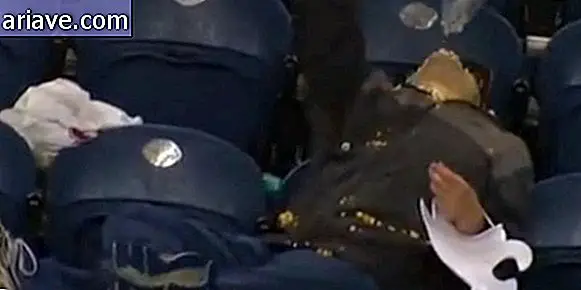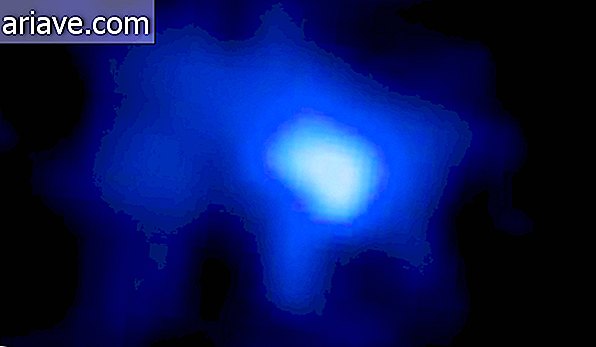The physics applied to car mirrors
While in the United States they are studying changes to the shape of car rearview mirrors, we can now say that when you are the passenger, the objects you see in the rearview mirror are closer than they appear. The inaccurate display of objects has an explanation, the physics applied for safety.
The design of the mirrors was carefully done taking into account the influence of light on the reflection of objects around us. The characteristics of an object, such as texture, color and shape, as well as the intensity of light reflected by them, influence the direction, and when reflected by an intermediate object such as the rearview mirror, our perception may be distorted. Therefore, developing the shape of the mirror can make all the difference.

In the USA the mirrors are different. Passenger mirrors are convex to reduce driver blind spots and provide a wider field of view. In contrast, it makes it appear that the other cars are farther apart than they really are due to slight distortion caused by the convex shape.
Drivers' mirrors are flatter and can more accurately reproduce objects behind the car, with a reduced field of view. This is because light reflects in the same direction as it hits the mirror and does not distort the reflection of the object. By combining the reflections of both mirrors from the driver's point of view, they can see wider areas on the passenger's side, keeping their eyes on the road.
That has been the American standard, but the Department of Transportation is considering adopting the model commonly used by European cars, in which the two mirrors are convex.











